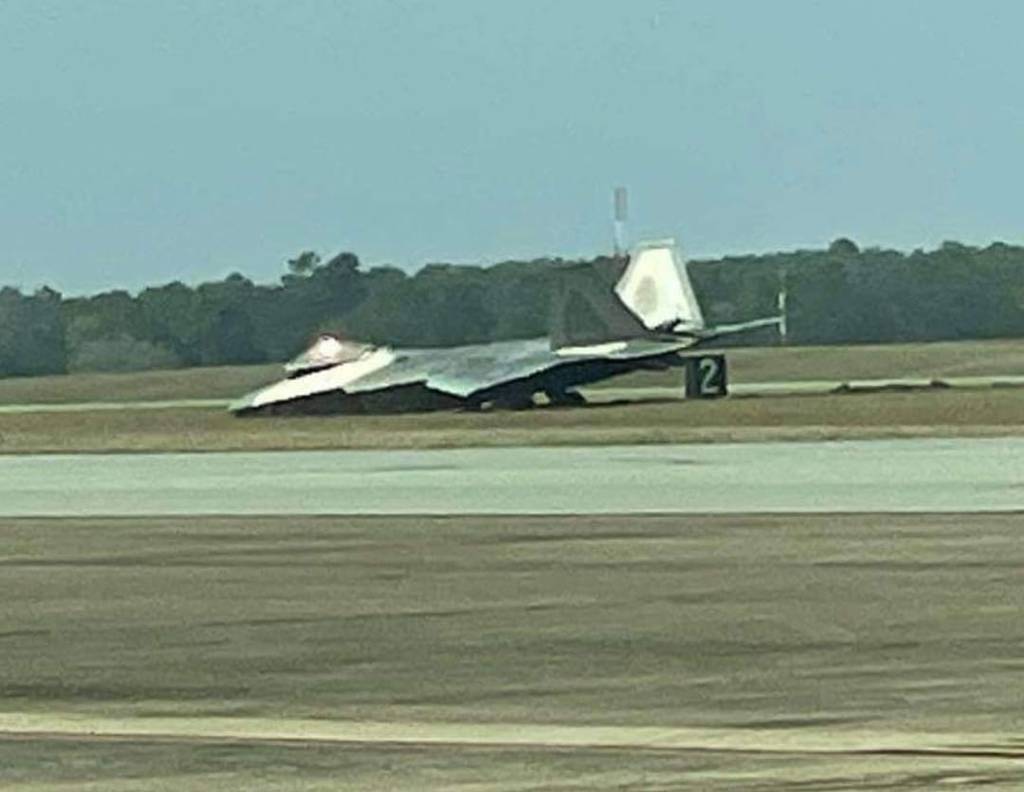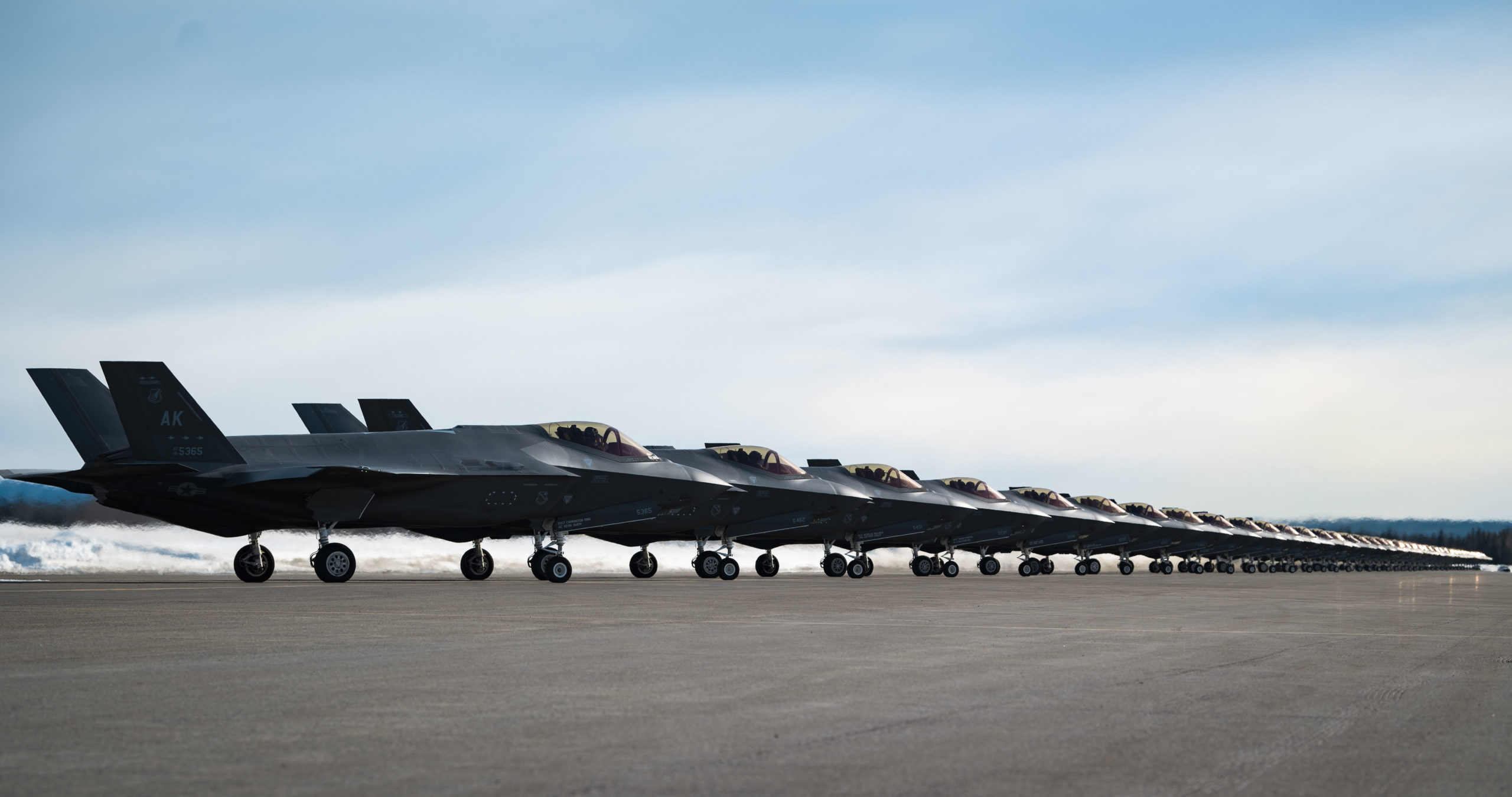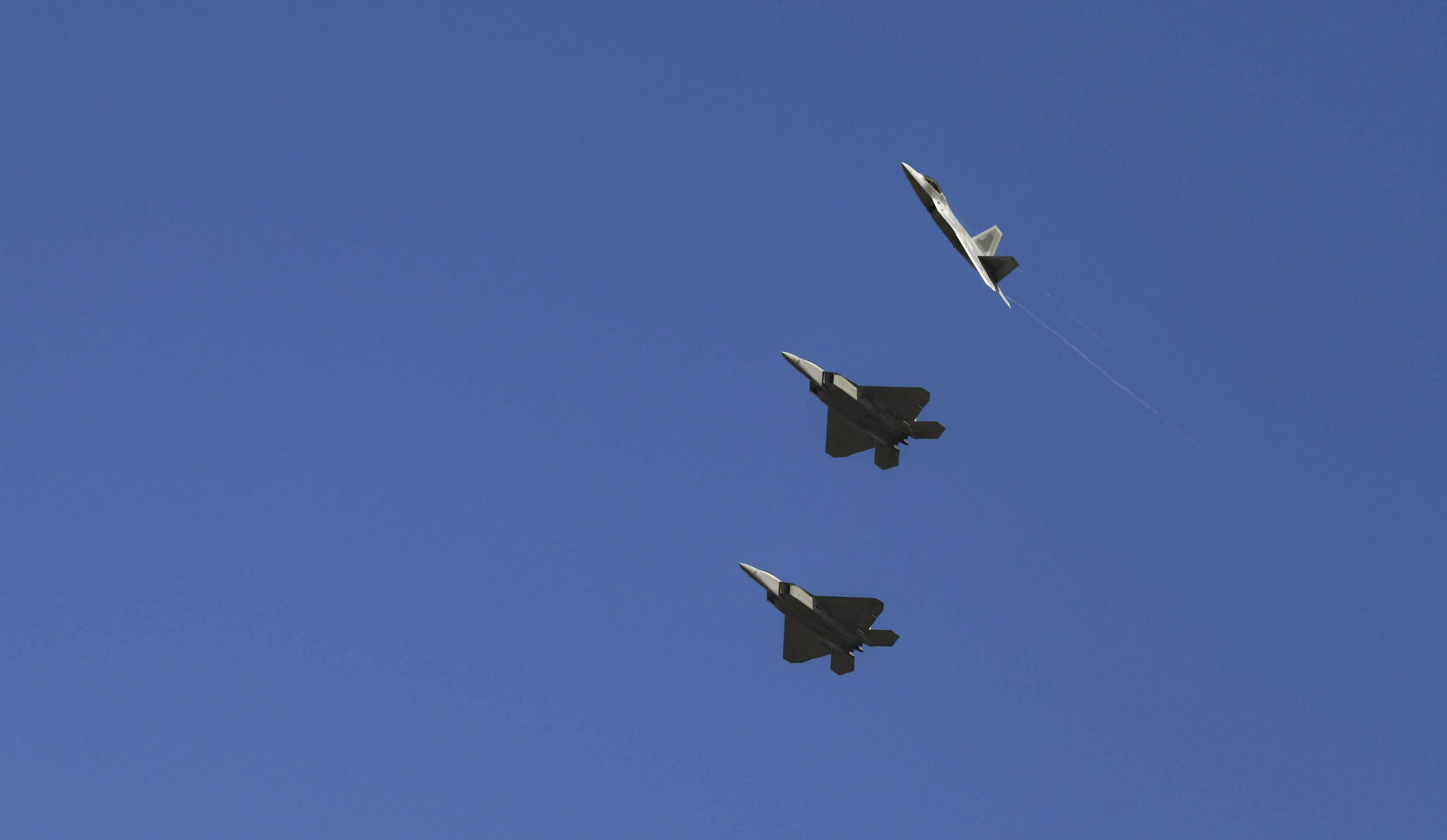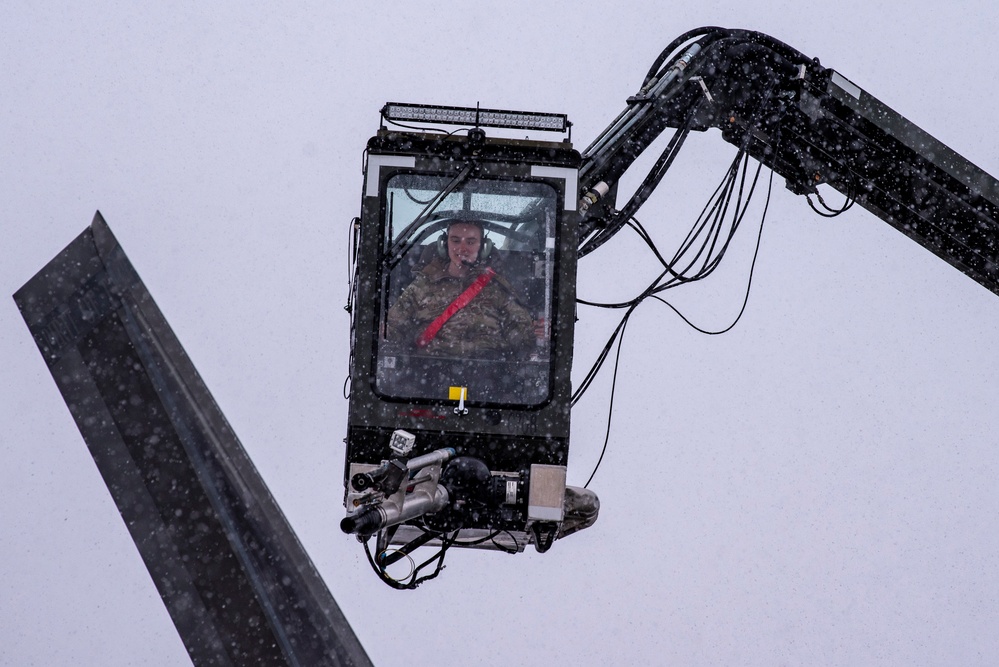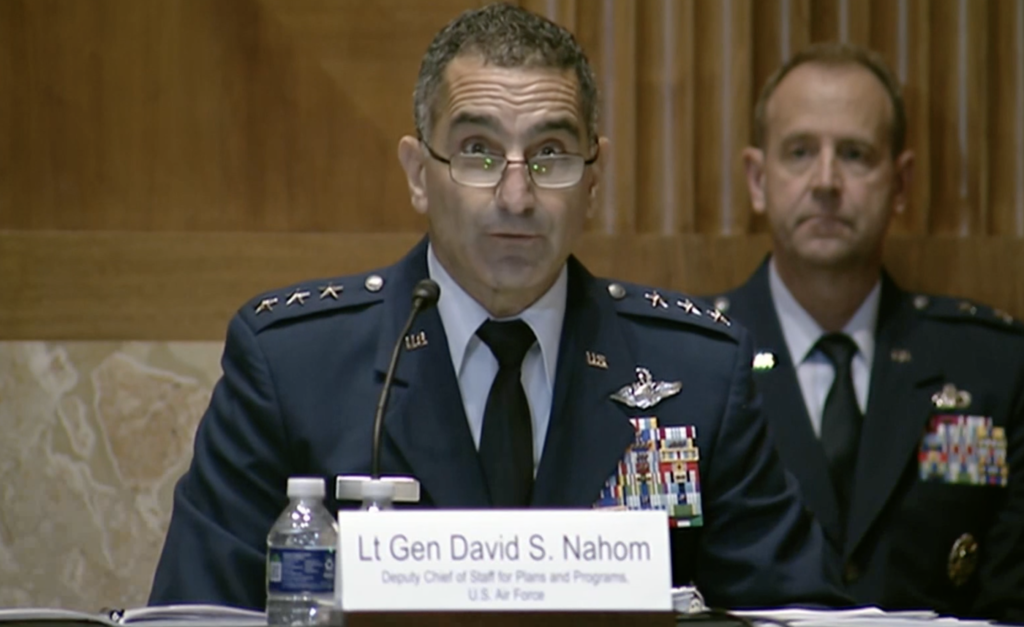Air Force Magazine: Are you going to divest?
Nahom: We have to, because if you keep them, you’re going to spend some money. And we have to make sure that we’re not only getting the capabilities we need with some of the modern systems, but we also can’t waste money on aging systems that are not going to give us the years and the capability we need. And so there’s a balance there.
Air Force Magazine: So that’s why you’re looking to divest those F-22s?
Nahom: There’s just not a payoff. Now, I will say there’s a lot of money invested in the F-22, because we’re modernizing the F-22 in many ways, because it’s going to be our air superiority hedge for our nation for the next decade. It just is. And we have to make sure we modernize that appropriately.
So there is good money invested in the Raptor program, as well as modernization in F-16s, to get certain systems on the F-16s. There’s money still in the F-15Es, and certainly the F-15EX and associated systems with that. So we have a lot of investment in our fighter portfolio. Do I wish there was more numbers? Absolutely. I tell you, if you look at the average age of our fighter fleet, and you look at the average age of other fighter fleets around the world, including our Navy and our Marine Corps fighter fleets, and some of our closest allies, we’re nearly twice the age of all those fleets. And it’s just, it’s not where we want to be right now. And the only way to do that is to buy new—or have missions go away. But going back to that conversation about the combatant commanders and what they need out of the Air Force, we can’t reduce the size of fleets.
...
Air Force Magazine: Do you know, by chance, what it would have cost to upgrade the F-22 fleet that’s instead going away?
Nahom: I’ll check and see if we can share that. But you know, you have to wait. You’re looking at fifth-generation combat power. We have a fifth-generation airplane coming off the assembly line right now. And so you have to make decisions. Do you want to do this, or do you want to buy more F-35s? Because you’re not going to do both. And so I think we made a good risk, a good financial decision about putting the oldest F-22s in the boneyard while we modernize the majority of the fleet, and we make sure we keep our eyes on the future.
Air Force Magazine: And then how do you continue training the pilots for those F-22s?
Nahom: Well, it’s interesting, and I came out of the F-22, so I understand the difference between the two airplanes—the block 20s, which are the aircraft we’re retiring, to the Block 30, 35, which are our front-line fighters.
Because of the nature of the hardware and software in those airplanes, the difference [between] them is getting greater and greater over time, because we keep putting more capability on the operational Raptors that’s not being put on the training ones, because they don’t have the capacity. … And so what you’re finding is the students that go through the school, you learn on an airplane, [and] you really have to relearn a lot of things when you get to your operational units.
And we’ve gone through this over time. I mean, when I first started out, I went through my first F-15 school in the F-15A, and when I got to my operational unit, the F-15C, it was like almost a complete restart. You’ll see this in the F-16s as well—you see a big difference in the training airplanes.
You try to minimize it as best you can, so when a young kid goes through the training, when they show up to their operational unit, it’s a quick top-off, and they’re off to the races. It’s not that way with the Raptor right now. So, what we’re going to do is … we’re going to take some of those Block 30/35s and turn them into a training unit, and it will be able to train [students] at a higher level. And so you’ll have a much more full-up round when the young pilot shows up at his or her operational unit.
...
Air Force Magazine: So I want to talk about the [AIM-260 JATM] again, because Gen. Wilsbach talked about China in that context at AWS just recently. So does that buy back some capability? Does that create for us a new counter threat? Will it buy back some of the edge that the Chinese have with the PL-15?
Nahom: The 260 is a wonderful weapon, and we’re really looking forward to getting it in service. I think when you mix that with our platforms, certainly the Raptor and the enhancements we’re putting into the F-22, that is going to help us keep our advantage. But we can’t stop, because our adversaries aren’t stopping. And that’s why you see our investments in things like NGAD and moving past that. But we’re very excited about the upgrades we’re making to the F-22 and excited about integrating the JTAM onto that platform.

